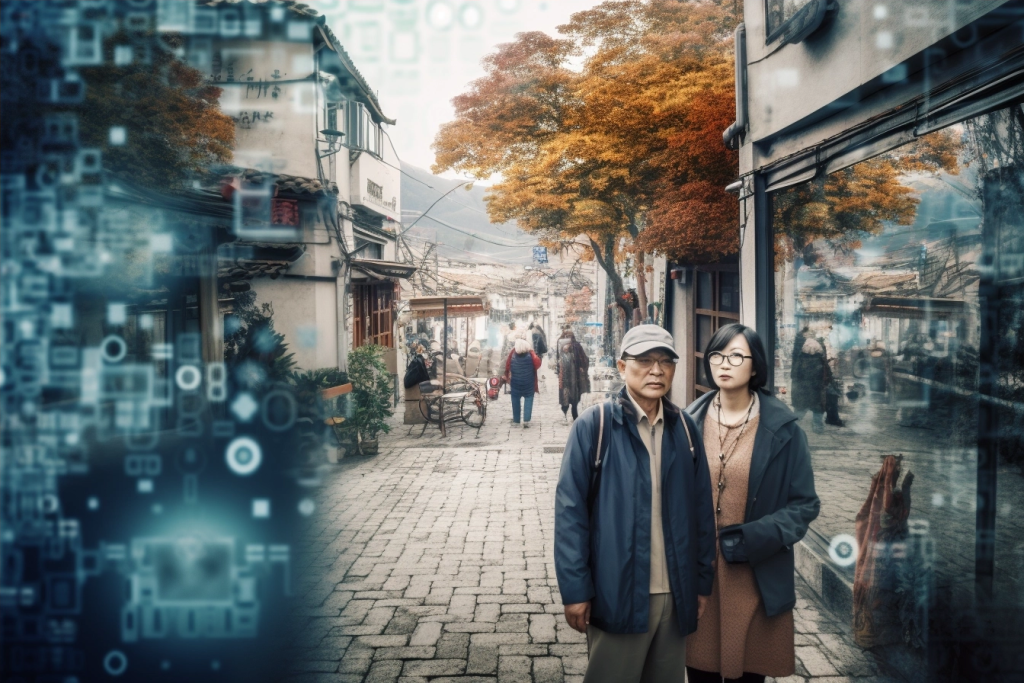Introduction to AI-Generated Images
The rapid advancement of technology has introduced artificial intelligence (AI) as a transformative force across various industries, with photography being no exception. AI’s role in image generation is both fascinating and controversial, as it promises the ability to create highly realistic images that challenge human perception.
The Study: Limitations and Challenges
A recent study examined the limitations and challenges faced by AI in generating accurate and lifelike images. According to Ava Martinez, a leading researcher in this field, "The study explored the limitations and challenges faced by AI in generating accurate and lifelike images." This includes creating complex scenes featuring multiple individuals, producing realistic human hand gestures, and avoiding details that are overly simplistic or lack depth.
The Potential of AIGC
Despite these challenges, AI-generated image creation (AIGC) holds immense promise. It is being utilized in advertising campaigns, product catalogs, and the gaming industry. For instance, in the gaming sector, AIGC is used to generate immersive environments that enhance player experience. This technology allows for the creation of unique and novel images that push the boundaries of what is possible with traditional methods.
Societal Implications
However, the broader implications of AI-generated images extend beyond their practical applications. As these images become increasingly difficult to distinguish from real photographs, there is a growing risk of AI models producing content that contradicts reality or even goes absurdly beyond it. This poses significant threats to factual information and could lead to the spread of false information, incitement of violence, or harm to individuals or organizations.
Ethical Considerations
The potential for misuse raises critical ethical questions. Researchers and practitioners must develop strategies to mitigate these risks. This includes creating methods to detect AI-generated images, establishing guidelines for their responsible use, and educating the public about their existence and implications.
The Current State of AI-Generated Image Models
Deception and Accuracy
AI-generated image models are capable of significantly deceiving human perception. According to the study, "the current state-of-the-art image generation model can significantly deceive human perception," with a deception rate as high as 38.7%. This raises concerns about the accuracy of AI-generated images and their comparability to real photographs.
Applications Beyond Deception
Despite their limitations, AIGC has numerous applications. These include enhancing advertising campaigns by creating visually appealing and realistic imagery, aiding in product catalog creation by generating images that showcase products in an attractive and lifelike manner, and enriching the gaming industry by creating immersive environments for players.
The Broader Impact on Society
Risks of Misuse
The broader impact of AIGC is far-reaching. As AI-generated images become more difficult to distinguish from real ones, there is a growing risk of AI models producing content that contradicts reality or even absurdly violates it. This could lead to the spread of false information, incitement of violence, or harm to individuals or organizations.
The Need for Mitigation Strategies
To address these risks, researchers and practitioners must develop strategies to mitigate potential negative impacts. This includes creating methods to detect AI-generated images, establishing guidelines for their ethical use, and educating the public about their existence and potential impact.
Positive Aspects of AIGC
Creative Contributions
On a more positive note, AI has shown remarkable performance in creating works of art and photography. This has led to new opportunities for artists, designers, and creators. AI technology allows people to generate unique and novel images that might not have been possible otherwise, leading to new ideas and inspiration.
Enhancing Existing Works
AI technology also offers tools to optimize existing works of art and photographs. It can improve image quality, restore damaged or faded works, and even enhance the resolution of historic photographs or artworks, making them more accessible and valuable.
Future Directions for Research
Future research directions in AI-generated image models are diverse and promising. Potential areas of exploration include improving AI’s ability to detect AI-generated images, enhancing the accuracy of image generation models, addressing issues related to data imbalance, long-tail problems, and bias in AI systems.
Addressing Data Imbalance
Data imbalance is a significant challenge in training AI models. Ensuring balanced datasets that represent diverse perspectives can help improve the performance and reliability of AIGC systems.
Long-Term Considerations
Long-term considerations include addressing issues related to bias in AI-generated images, ensuring ethical use across industries, and maintaining public trust in the technology’s capabilities and limitations.
Conclusion: Balancing Innovation and Ethics
In conclusion, while AI-generated image models represent a powerful tool for creativity and innovation, they also pose significant challenges regarding accuracy and ethical implications. Balancing these aspects will be crucial as the technology continues to evolve. Researchers, industry leaders, and policymakers must work collaboratively to develop solutions that leverage the potential of AIGC while safeguarding against its misuse.


